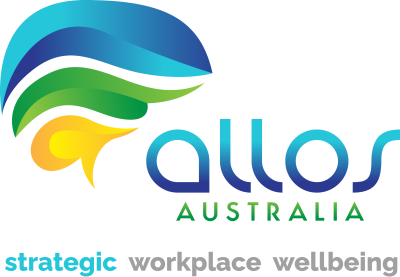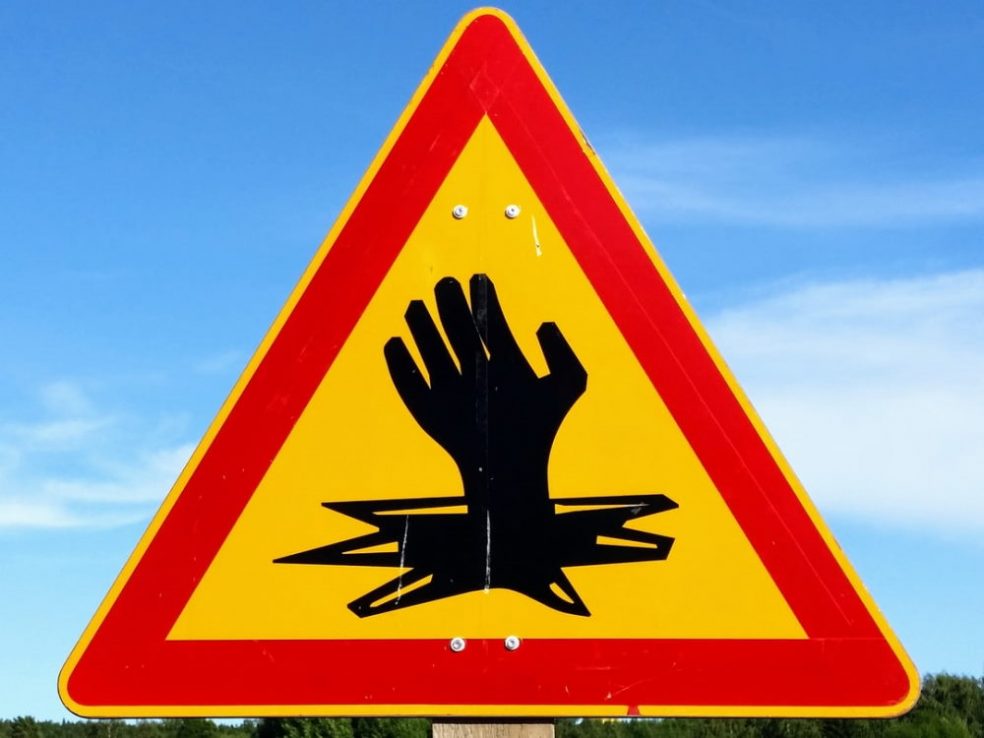An Expert Starting Point: Psychological Health and Safety – Part 1
It’s been a long time coming, but thanks to a slew of new international standards and updated government regulations, Psychological Health and Safety is now rapidly becoming the area of focus for improving workplace mental health and wellbeing.
As a society, it seems we’re finally starting to recognise that psychological safety is just as important as physical safety in the workplace – and that prevention is better than cure.
For many, however, there’s still a lot of confusion over what it really means, what it looks like in practice, and how businesses can practically implement it.
This series of blogs will give you an insider’s look into the nitty-gritty of psychological health and safety in the workplace from two industry experts; Nick Watts and John Holt.
Every fortnight, we will ask them a single question and get their perspectives. Our aim; to cut through the technical jargon and take you on a journey, showing you how you can get ready for the changes to come.
What’s the big idea behind Psychological Health and Safety?
John Holt
The big idea? It’s about having to reset. Reset how you think about work and working. Work isn’t what it used to be. And that is only one aspect of the stresses we are experiencing, which may be at the heart of how we are struggling across so many aspects of the workplace.
To me, I have always understood the concept in this way: There can be no physical safety until we create psychosocial safety in the workplace.
The big idea is developing a language, a cultural and operational framework that exists within the current work health and safety framework where everyone understands the objectives and of what is involved with workplace psychosocial health and safety.
It is a workplace where a workplace injured mind is as unacceptable as a workplace injured back.
It’s not about workplace “wellness”; it is about workplace “wellbeing”. Where everyone can be a ‘well being’. It has to be holistic but workplace-specific holistic. Yes, overall, we aspire to a greater sense of health and happiness, however as soon as the focus shifts from the workplace, to the external, to the other, and focuses on the sense and sensibilities of the individual, the focus on work, on the workplace psychosocial health and safety threats diminish.
For example, the Global Wellness Institute defines wellness as “the active pursuit of activities, choices and lifestyles that lead to a state of holistic health.”, which are undoubtedly noble and incredibly worthwhile aims.
However, for me, when we look at a workplace application, the goals we are aiming for are perhaps more encapsulated more clearly and simply in the definition by the International Labour Organisation, in that:
“Workplace Wellbeing relates to all aspects of working life, from the quality and safety of the physical environment, to how workers feel about their work, their working environment, the climate at work and work organisation. The aim of measures for workplace wellbeing is to complement OSH measures to make sure workers are safe, healthy, satisfied and engaged at work.”
International Labour Organisation
To end at the beginning. It is time to reset. Reset how we think about work and working. Work isn’t what it used to be. And may never be again.
Nick Watts
The big idea is not that big at all. But it has big implications. Put simply, make sure that your employees feel cared for and have a sense of purpose and belonging, and the business benefits are massive.
Every person wants to do a good job. They want to be able to do a good job and feel valued for doing a good job.
Ensure that they have an environment that is safe from hazards, physically, mentally and emotionally, and they will come to work with that sense of purpose and engagement. When they are engaged in their work and feel valued, they do not take unnecessary sick days, do not fall prey to presenteeism, and are not looking to leave for greener pastures.
They provide a better service to you and therefore your clients and work better with their colleagues.
If you take it a step further, where your leaders encourage open and honest conversations, and there is a mutual trust amongst the workforce and leaders, then incidents are reported without the fear of blame, improvements are implemented, and staff are more innovative.
Your workforce can become a team of consultants with a common goal of improving how they work, and therefore, the business thrives.
About the authors:
John Holt is Lead Health & Safety Auditor with Allos Australia. He runs our New Lens program which assists businesses to better understand and identify key opportunities for additional efficiencies and effectiveness of work design and safety management systems. Learn more about John and the team here.
Nick Watts has an MBA in Project Management and over 30 years of operational management experience in government and private sectors including GM roles in Health, Safety, Environment and Wellbeing. Nick heads up Allos’ New Lens program. Learn more about Nick here.

